Sewing needles come in various sizes and each size serves a specific purpose. It is crucial to use the right size of needle for your sewing project as it can greatly impact the quality of your stitches and the overall outcome of your work. Let’s explore different needle sizes and their uses.
Needle Size Classification
Sewing needles are measured in units called “needle sizes.” These sizes typically range from 60 to 110; however, they can vary based on different manufacturers. The size of a needle usually refers to the diameter of its shaft. Smaller numbers indicate thinner needles, whereas larger numbers indicate thicker ones.
Common Needle Sizes and Their Uses
Different sewing applications require specific needle sizes to achieve the desired results. Here are some common needle sizes and their uses:
- 70/10: Ideal for lightweight fabrics like silk and chiffon.
- 80/12: Suitable for medium-weight fabrics such as cotton and linen.
- 90/14: Recommended for heavier fabrics like denim or canvas.
- 100/16: Used for sewing with heavyweight materials like leather or upholstery fabric.
- 110/18: Reserved for extremely thick fabrics like quilting layers or heavy-duty projects.
Tips for Choosing the Right Needle Size
To select the appropriate needle size for your project, consider the following factors:
- Fabric weight: Match the needle size to the fabric weight to ensure smooth sewing and prevent damage to the material.
- Thread thickness: Use a needle that accommodates the thickness of your thread. Thicker threads may require larger needle sizes.
- Sewing technique: Certain techniques may require specific needle sizes. For example, using a smaller needle for delicate embroidery work.
Keep in mind that these are general guidelines, and you may need to experiment with different needle sizes to find the best fit for your specific project.
Final Thoughts
Understanding sewing needle sizes is essential for achieving professional-looking results. Selecting the right needle size ensures that your stitches are even, the fabric is not damaged, and your sewing experience is frustration-free. Remember to choose the appropriate needle size based on the fabric weight, thread thickness, and sewing technique. Happy sewing!
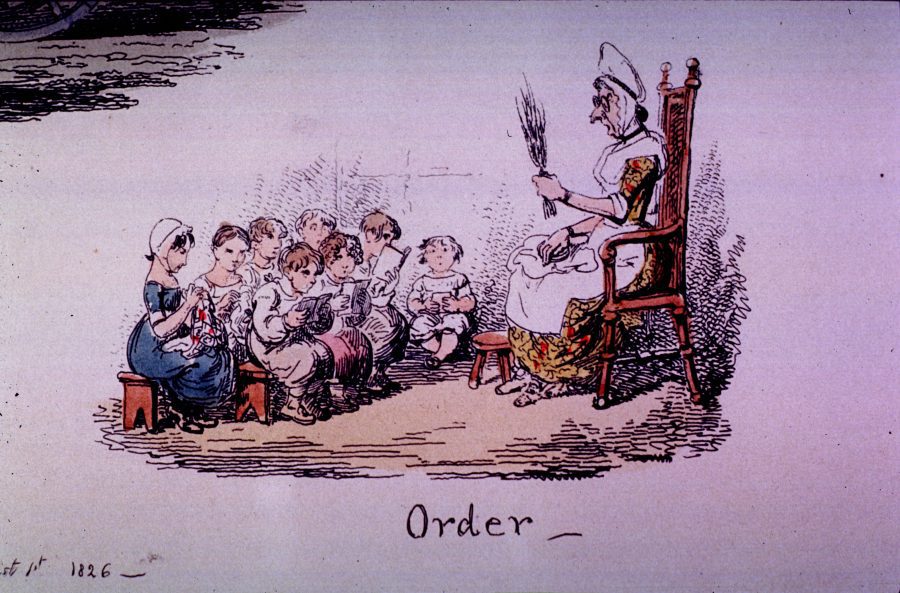
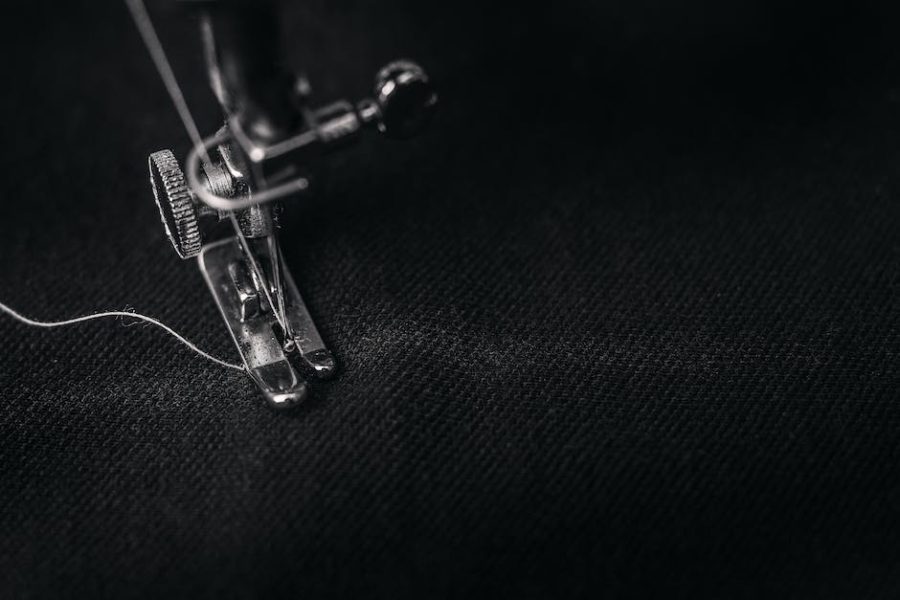
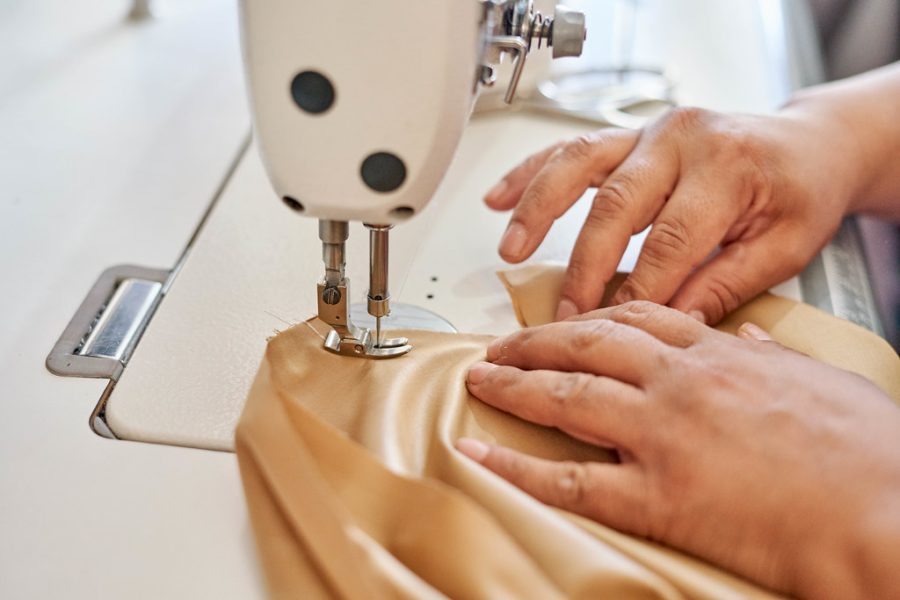
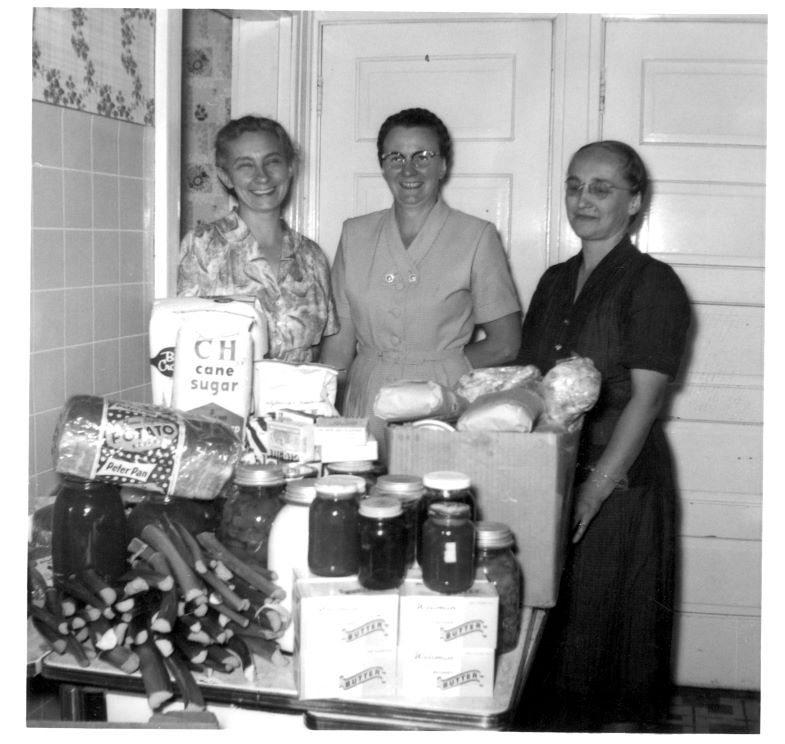
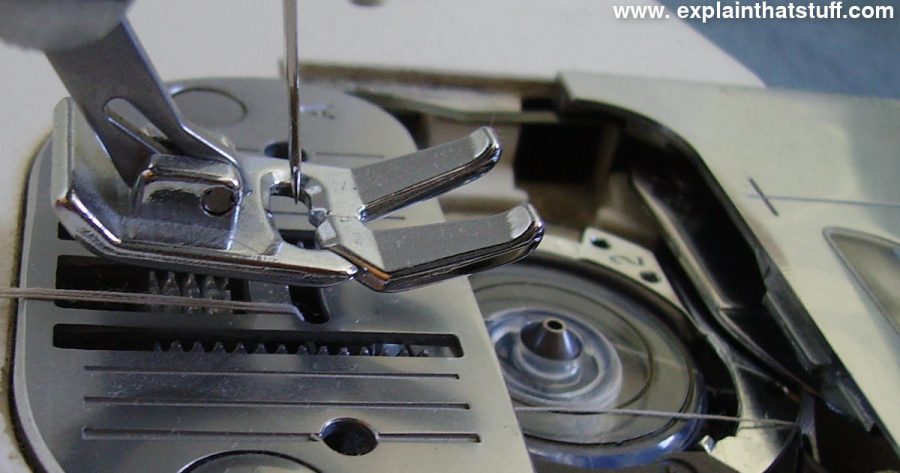
I love to sew! Neeraj Jain: Wow, I can’t believe there are so many sizes!
It’s amazing to think about just how many sizes of sewing needles exist – many people don’t realize the difference a few millimeters can make in the outcome of a project! #sewinglove